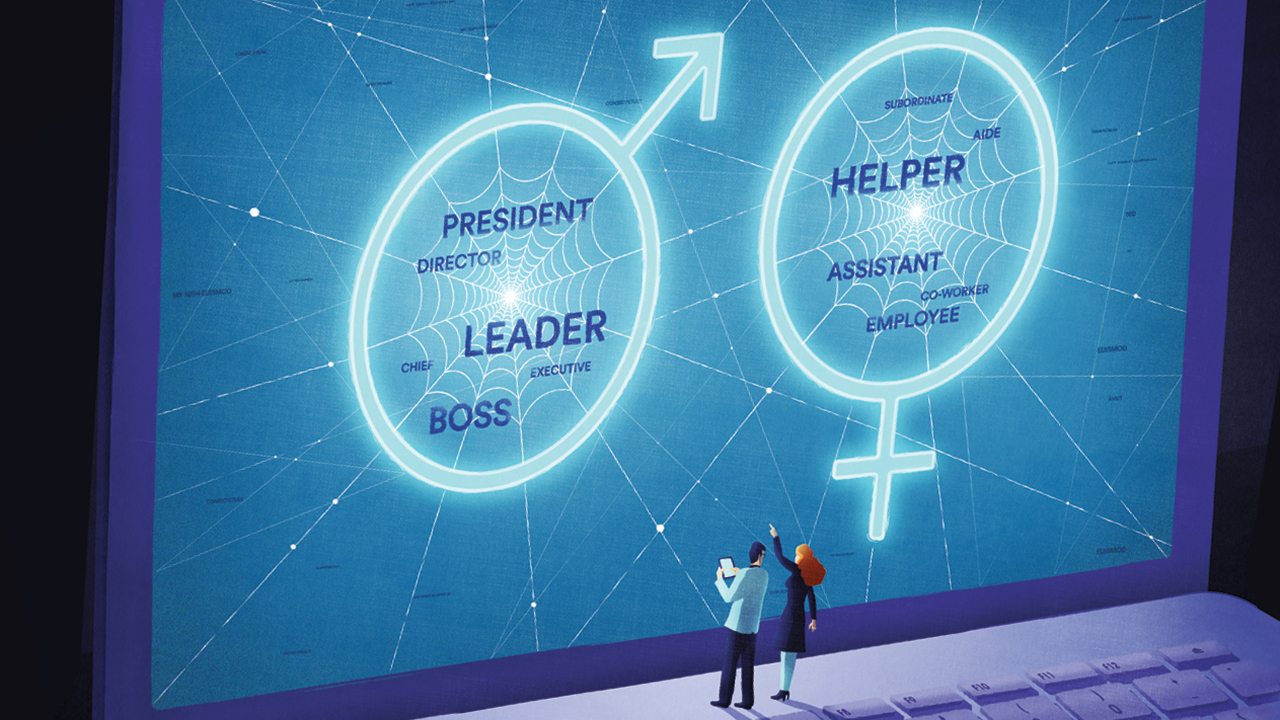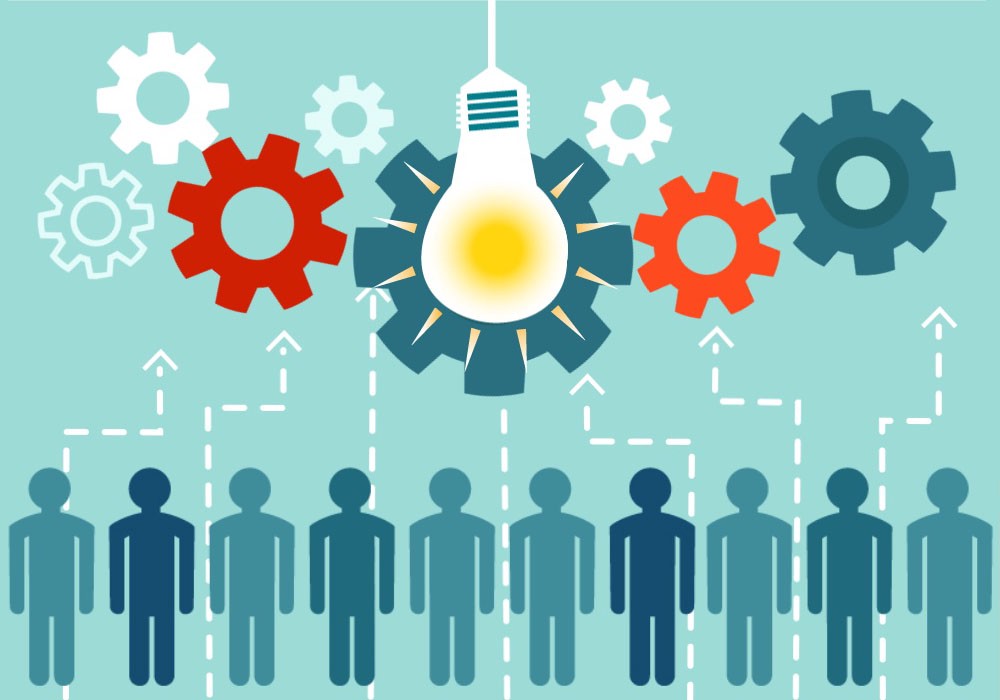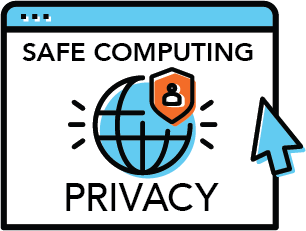Computing Innovation
Computing innovation is the solving of problems with innovations that uses a computer or program code.
Computing innovation has many different beneficial as well as harmful effects. One of the effects of this is the creation of machines that have changed the medical field for the better such as high-tech X-rays and MRI machines which treat cancer. Another large effect is the expansion of communication. Through these computing innovations, we have created things like the internet and even our own phones which we use daily to communicate and socialize with many of our friends and families. The final effect I will mention is the way that people are able to release their artistic side to the world through new ways of creating and sharing/selling works. For example, people now draw images on ipads and it is called digital art where people are not limited to their tool supply. There are also harmful effects that computing innovation has had on the world. One of them is the reliance on technology. This reliance of technology could be a major factor in the downfall of many different things that make us human such as in person social interactions and other things people would normally experience 100 years ago. Another harmful effect could be the replacement of humans in place for different, more efficient tools such as robots or ai. This leads to the loss of old jobs and new economic hardships for many people.










